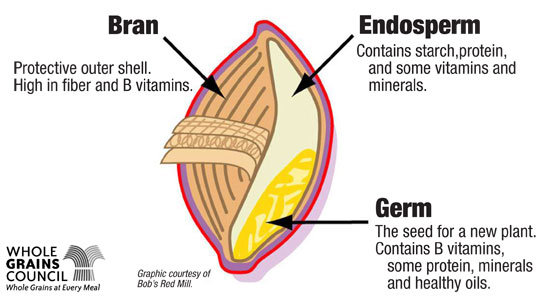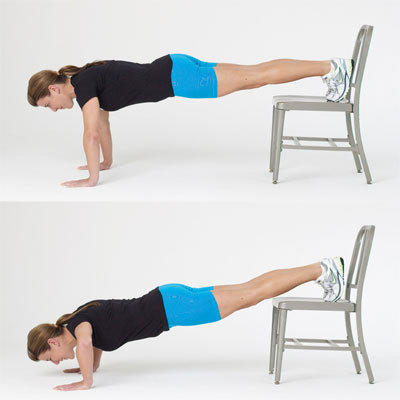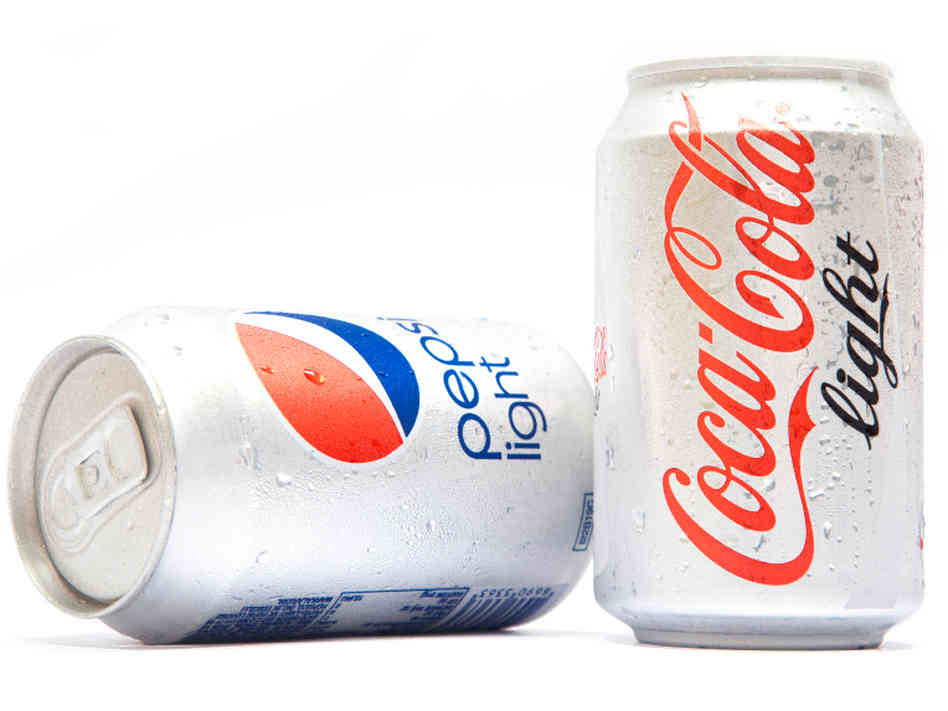Healthy Living 101: Understanding Whole Grains
Whole grains are made up of the entire or "whole" grain, including the bran, germ, and innermost part of the kernel, the endosperm. Each portion of the grain or seed plays an important role in nutrition.
Parts of Whole Grains
The bran is the outermost skin of the seed and protects the germ and endosperm from the sun, water, pests, and disease. It contains fiber, B vitamins and antioxidants.
The germ is the portion of the plant that sprouts and gives birth to the plant if fertilized. It contains B vitamins, protein, minerals, and healthy fats.
The endosperm is the germ's food source and is the largest portion of the grain. It contains the carbohydrate, protein, and minute amounts of vitamins and minerals.

During the refining process, the endosperm is the only portion of the grain used to make white breads, white pastas, etc. When the bran and germ are removed, one quarter of the protein content is lost, along with several key nutrients.
What are the health benefits of whole grains?
Whole grains offer numerous health benefits. Here are just a few examples of what studies have linked to whole grain consumption:
- Aiding in blood glucose control thereby reducing risk for diabetes
- Reducing the risk for heart disease and stroke from increased antioxidant intake
- Reducing colon cancer by 20%
- Lowering fasting insulin levels and increasing folate levels
- Reducing hypertension (high blood pressure)
- Less abdominal fat
What are some examples of whole grains?
Examples of whole grains include oatmeal, whole wheat bread, brown rice, whole rye, spelt, popcorn, whole wheat pasta, and whole wheat ready-to-eat cereals.
How much should I eat?
The Dietary Guidelines for Americans suggest that all adults eat at least half of their grains as whole grains - approximately 3-5 servings of whole grains a day. One serving is equivalent to one ounce. Here are some examples of one ounce servings:
- ½-cup cooked oatmeal
- ½-cup cooked brown rice (or other cooked grain)
- ½-cup cooked whole grain pasta
- 1 slice of whole grain bread
- 1 cup of whole grain ready-to-eat cereal
 How do I identify whole grains?
How do I identify whole grains?
The Whole Grains Council has created a symbol called the Whole Grain Stamp that helps consumers find whole grain products.
Not all whole grains have the stamp yet, however. Some products can mislead the consumer with tricky wording on the packaging and in advertisements Beware of foods labeled "stone ground," "100% wheat," "cracked wheat," "multi-grain," and "seven grain."
The only way to be sure you are eating whole grain is by checking the ingredients list. The first ingredient should say:
- Whole grain (with the name of the grain here)
- Whole wheat
- Stone ground whole (name of the grain)
- Whole (name of the grain)
- Oats and/or oatmeal
- Brown rice
These words are NOT whole grains: "wheat germ," "degerminated," "bran," "enriched flour," or "fortified flour."
How do I include more in my diet?
- Replace white bread, white rice and white pasta with a whole grain variety.
- Add barley or bulgur in soups, stews, casseroles, or stir fry dishes.
- Instead of using refined pancake, muffin, or waffle mixes, use a whole wheat mix or make your own.
- Use whole grain cracker or bread crumbs in recipes.
- Eat whole grain ready-to-eat cereals.
- Add whole wheat flour or oatmeal when making cookies or other sweets.
- Have popcorn - with little or no added salt and butter - as a snack.
- Use whole corn meal for corn breads and muffins.
- Try whole white wheat bread if you want a softer texture and milder flavor.
Mandy Seay is a bilingual registered and licensed dietitian who holds both a bachelor's degree in nutrition and in journalism. After gaining 30 pounds while living abroad, Mandy worked to lose the weight and regain her health. It was here that she discovered her passion for nutrition and went on to pursue a career as a dietitian. Mandy currently works as a nutrition consultant and freelance writer in Austin, Texas, where she specializes in diabetes, weight management and general and preventive nutrition. She recently published her first book, Your Best Health, a personalized program to losing weight and gaining a healthy lifestyle. Please visit Mandy's website at Nutritionistics.com.
-
Trying To Lose Weight
Along with ninety per cent of the women in this country I always seem
-
Promoting Self-Weighing In Teens Is Not Helpful To Weight Management
Teen Weight Loss Teenage girls who weigh themselves frequently are mor
-
2 Healthy Ways To Effectively Get Rid Of Belly Fats
A healthy way to efficiently lose belly
-
SenseWear Is Accurate For Measuring Calories Burned
Measuring Burned Calories BodyMedia, Inc. announced the recent results
-
Has Kevin Trudeau Found The Weight Loss Cure?
If you are seriously interested in buying the weight loss cure that t
-
Your Guide For Quick Free Weight Loss
Whenever we wish to drop some weight you want to lose it today not tom
- DON'T MISS
- 7 Reasons Why Your Cant Seem to Lose Weight
- How to Follow Weight Watchers During Pregnancy
- Losing Weight Starts Here
- Five Foods that Affect Your Weight Loss Efforts
- Thanksgiving Dinner On A Dime
- NutriSystem Reviews - A Closer Look At The NutriSystem Meal Plans
- How Do You Lose Weight Quickly And Not Put It Back On Afterwards?
- Is Your Alcohol Intake Killing Your Liver?
- Lose The Weight And Keep Your Social Life Intact
- Swollen lymph nodes behind the ear causes, symptoms, and home remedies




